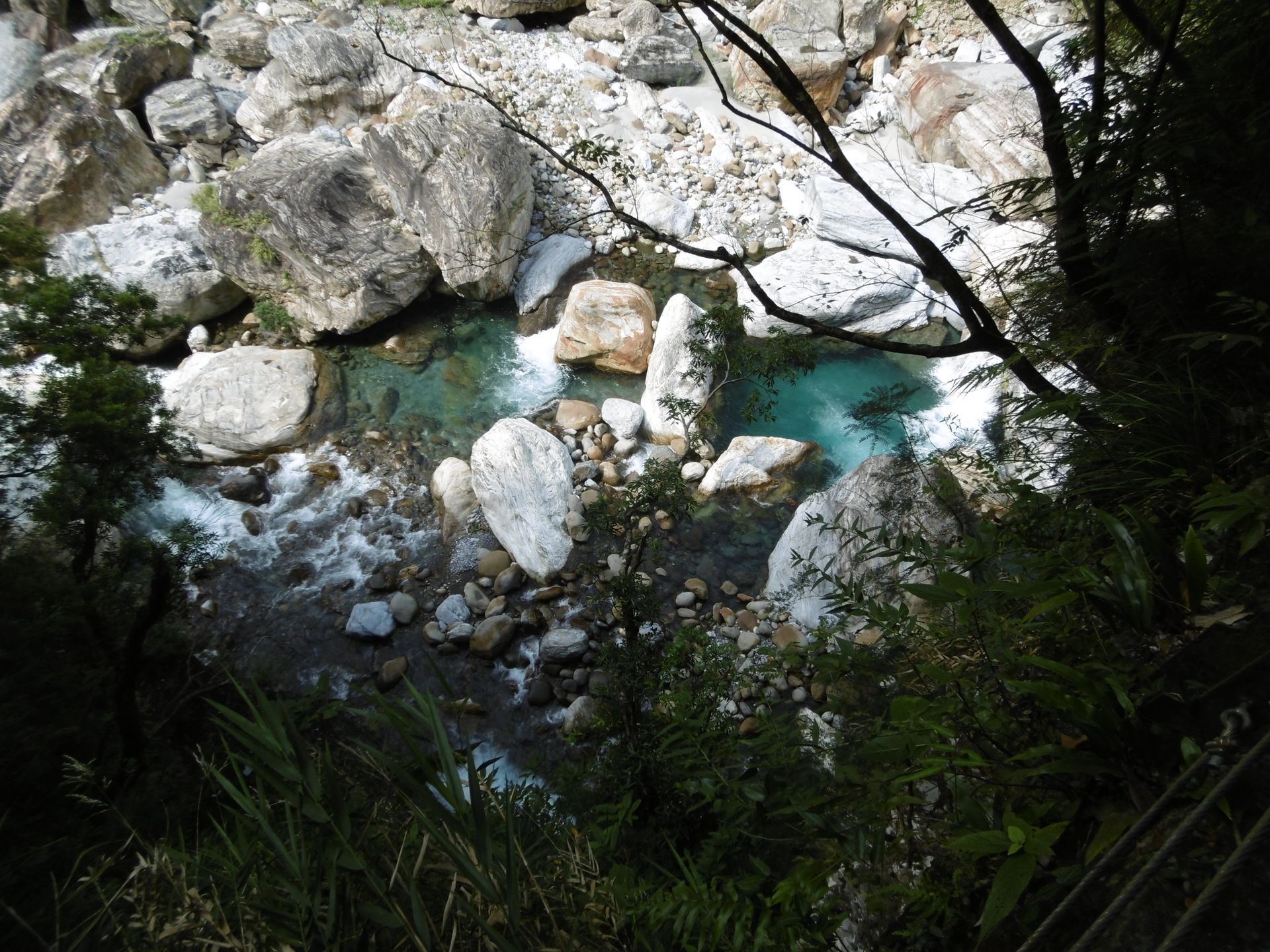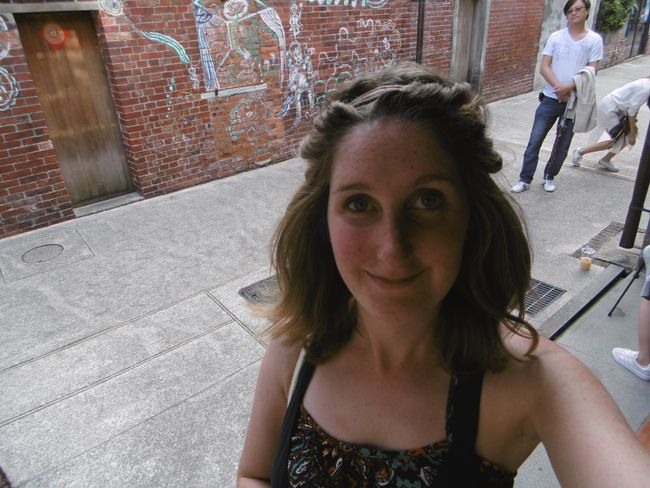Im Reich der Löwen und Leoparden
Veröffentlicht: 08.02.2019
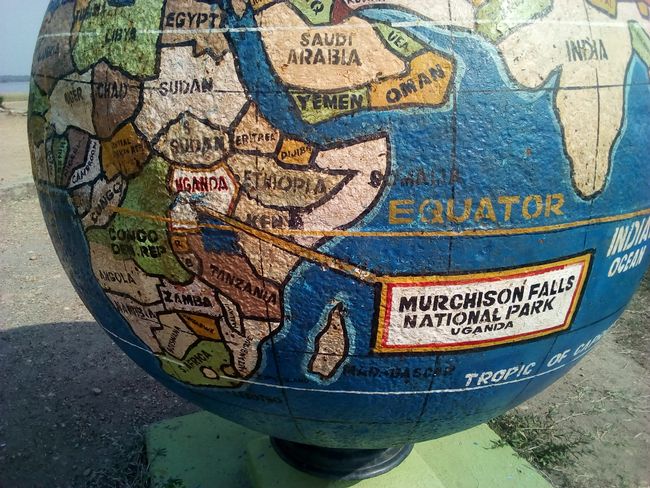
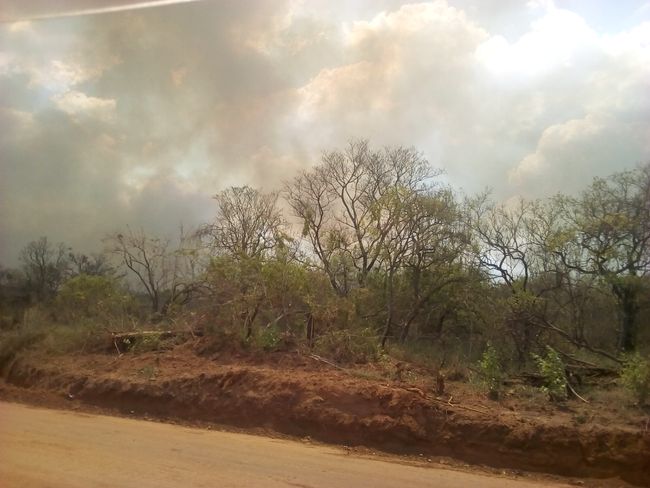
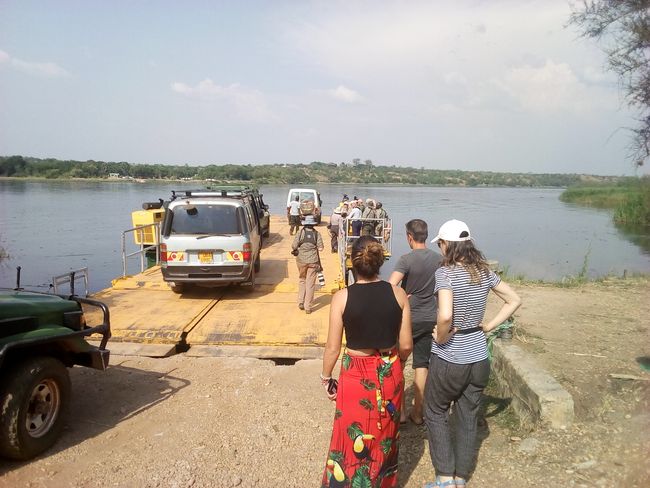
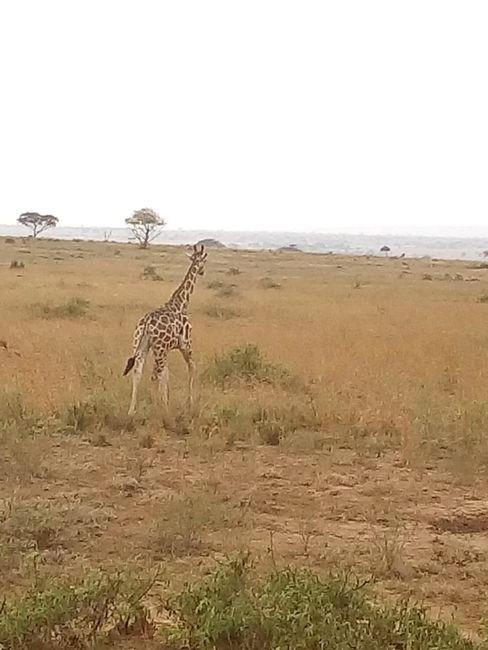
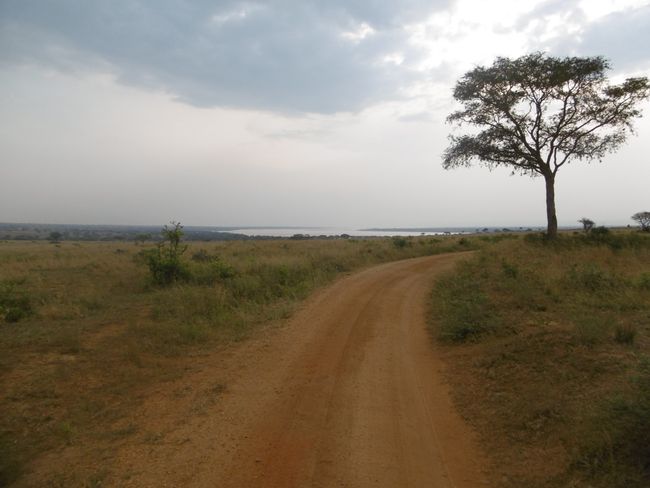
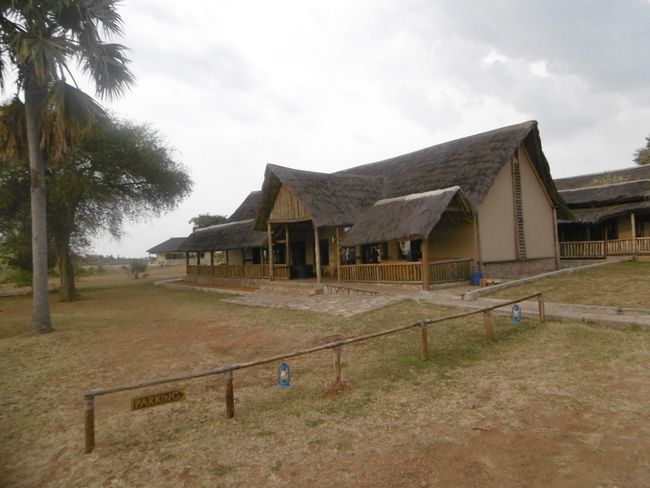
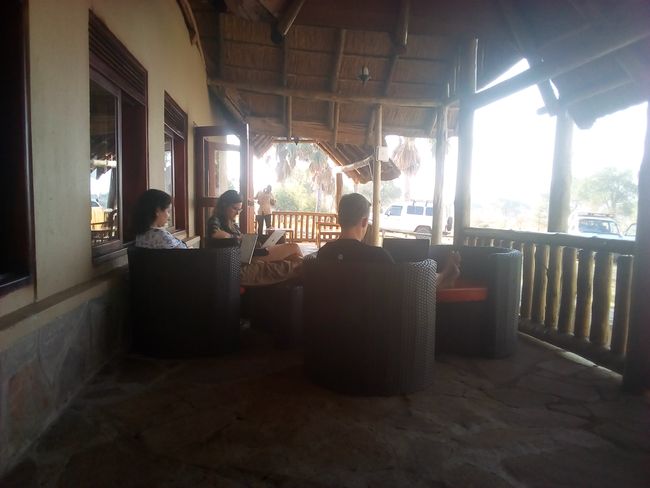
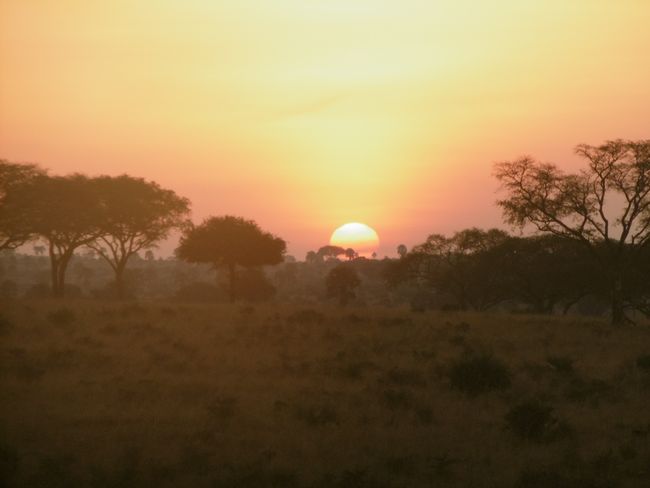
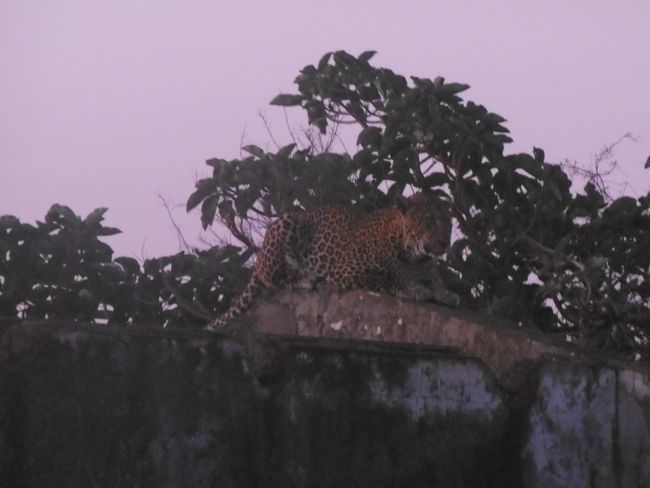
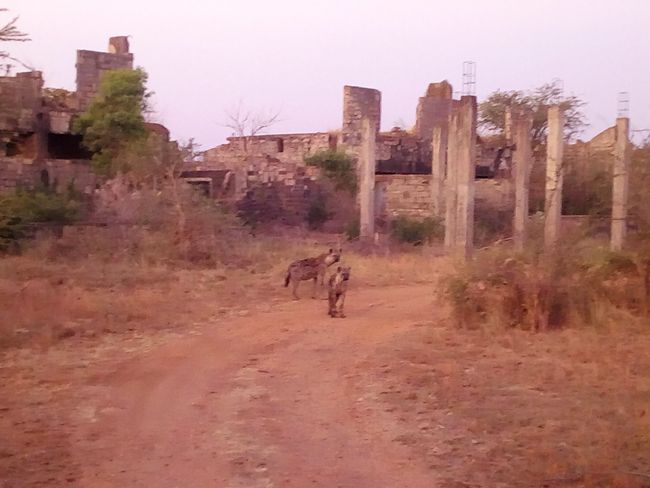
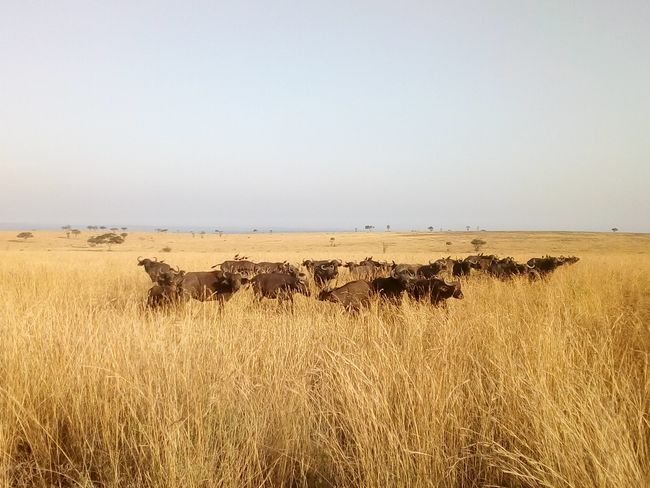
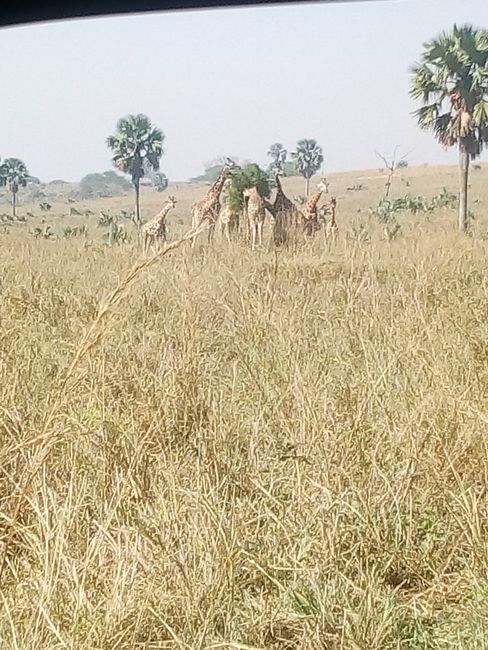
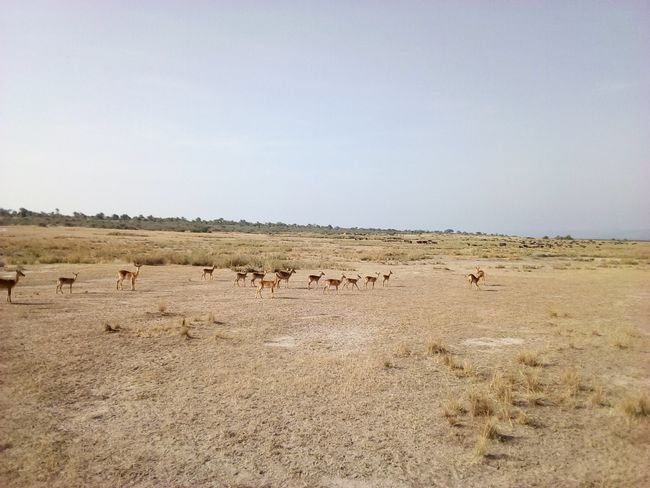
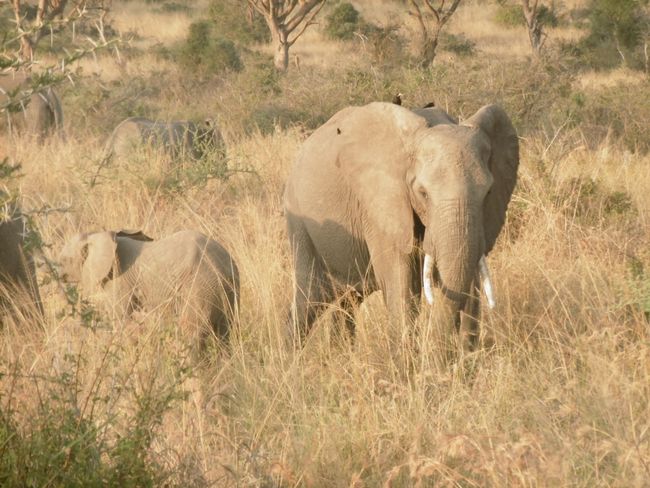
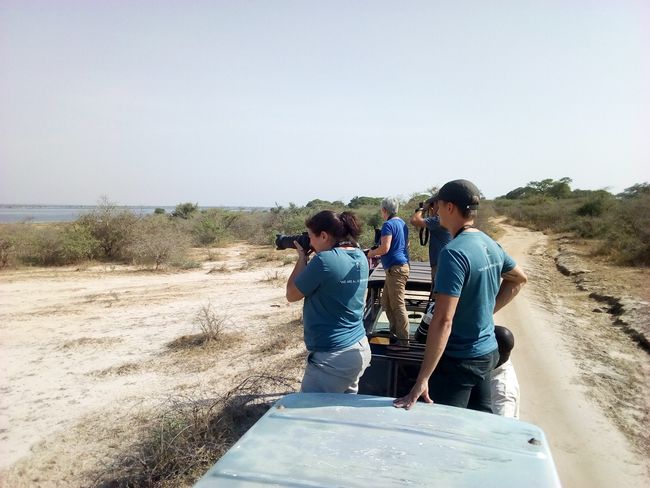
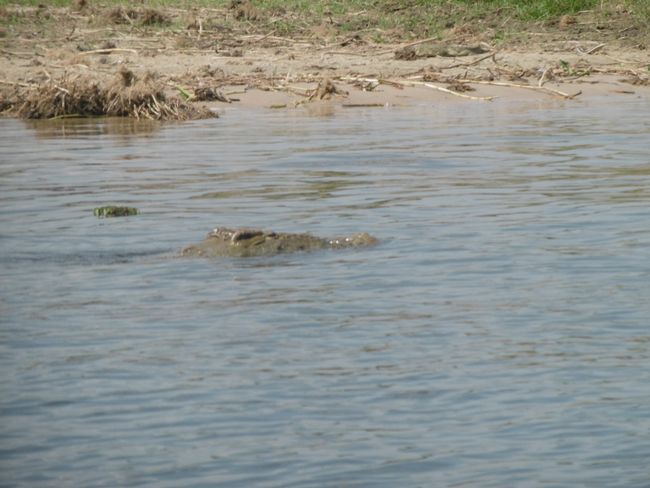
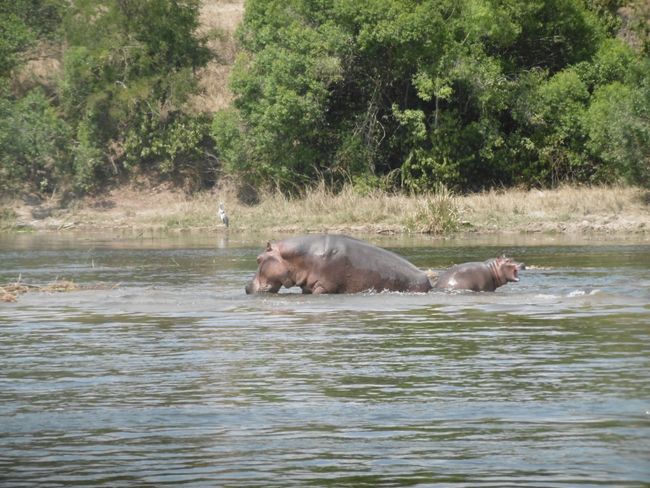
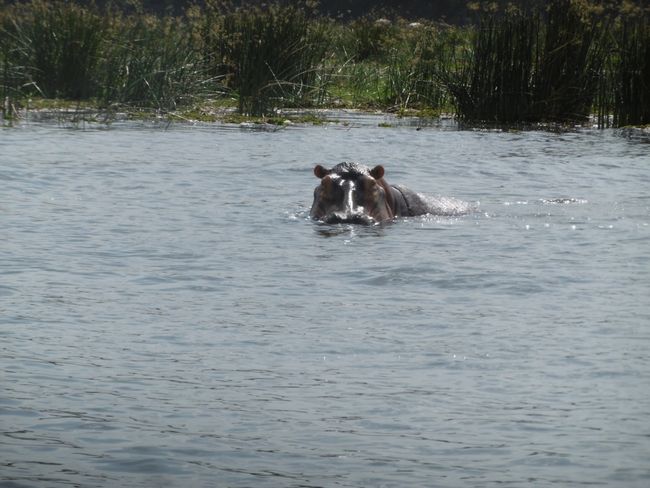
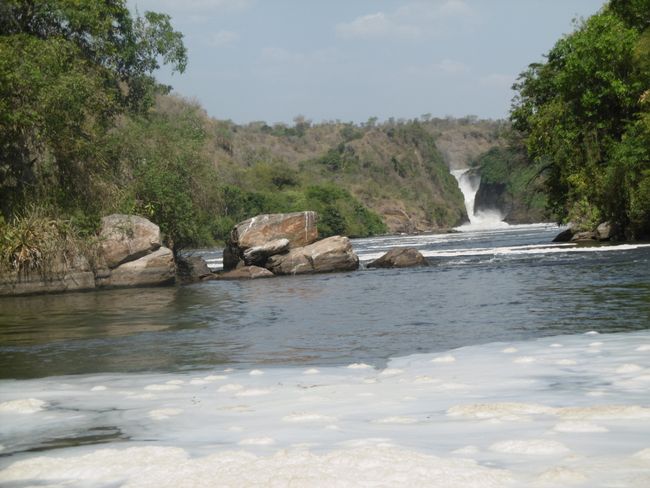
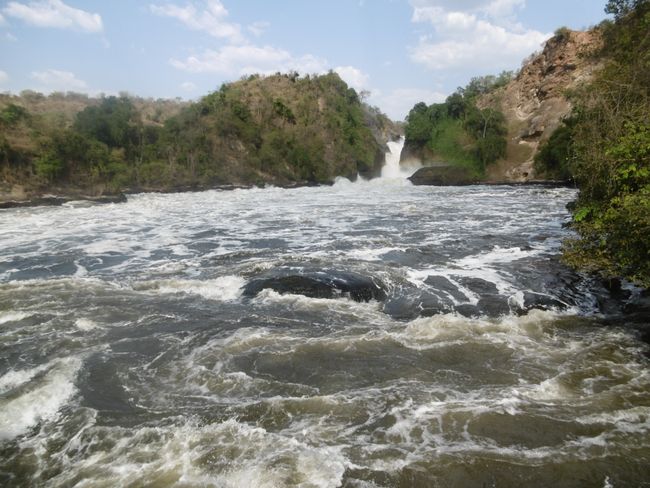
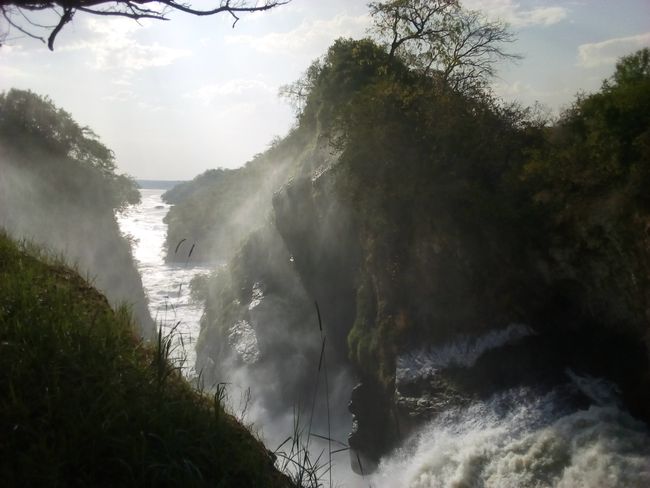
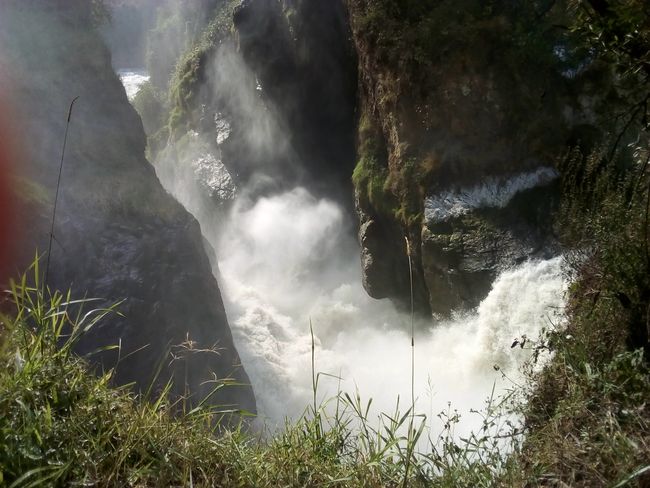
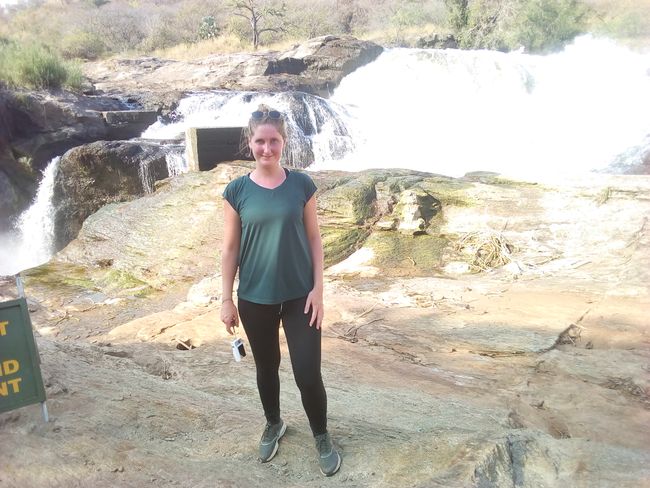
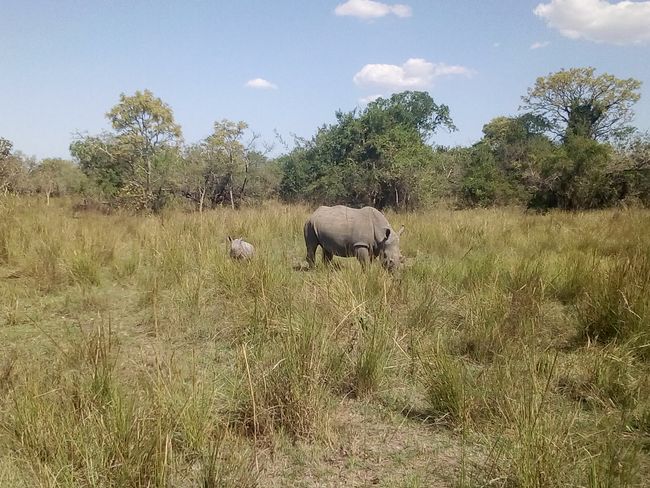
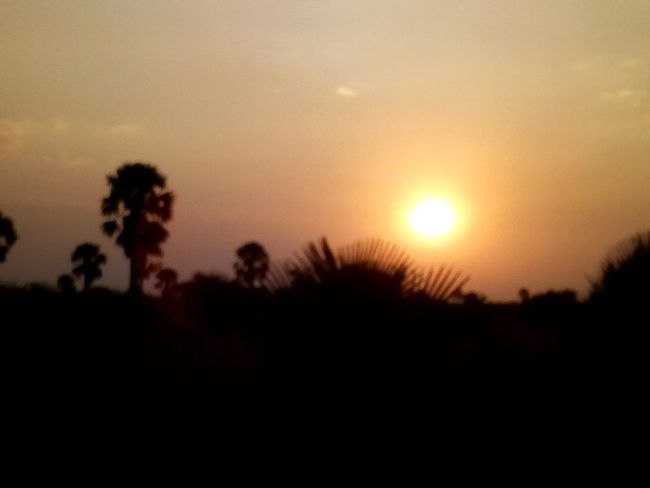

Newsletter abonnieren
Der erste Film, den ich als Kind im Kino gesehen habe, war König der Löwen. Er hat mich damals schwer beeindruckt. So sehr, dass ich die entsprechende Hörspielkassette zum Film bestimmt hundert Mal gehört habe und den Film mit meinen Kuscheltieren nachspielte. Letzte Woche hatte ich nun die Chance die Tiere aus dem Film in ihrer freien Wildbahn zu sehen!
Doch wer wilde Tiere sehen will, muss früh aufstehen! Das galt vom ersten Tag meiner Reise zum Murchison Falls Nationalpark. Es ging los mit meiner Fahrt von Jinja nach Kampala, für die mich der Fahrer morgens abholte. Doch trotz des frühen Starts konnten wir dem Stau auf der Strecke nicht entgehen und brauchten wieder über drei Stunden. Viel von Kampala sah ich an dem Tag nicht. Ich erkundete nur ein wenig das Viertel, in dem sich mein Hotel befand, was jedoch recht unspektakulär war: wuselig, laut und staubig.Am nächstes Morgen sollte mich der Fahrer zur Safari um 6:30 Uhr abholen und dann sammelten wir gemeinsam den Rest der insgesamt sechsköpfingen Reisegruppe ein. Ich kannte keinen der anderen, da ich nur über eine Facebook-Gruppe erfahren hatte, dass sie noch einen Teilnehmer für die Safari suchten. (Und ja, zwischenzeitlich hatte ich im Vorfeld des Trips auch mal Bedenken, ob es diese Menschen überhaupt gibt.)
Bei meinen fünf Mitstreitern handelte es sich, um digitale Normaden bzw. Freiberufler, die sich zu einer sogenannten "Workation" zusammengefunden hatten, also einem Urlaub mit Reiseprogramm, das genug Zeit fur die Jungunternehmer lässt, um sich um ihre internetbasierten Unternehmen zu kümmern.
Diese Workation hatte den Schwerpunkt soziales Engagement. Die Organisatorin, Stella, hat ein Unternehmen aufgebaut, über das sie von ihr designten und von Frauen in Kampala hergestellten Schmuck verkauft. Daraus ist später auch eine Stiftung entstanden, die Kindern eine Schulbildung ermöglicht und diverse andere kleine Projekte in einem der Slums von Kampala (Ancholi Quarters) unterstützt. Wer sich für die Arbeit interessiert kann sich gerne auf folgenden Websites umsehen: www.22stars.com und www.foundation22stars.orgUnd auf dem Programm der Workation stand nun eben auch eine Safari im Murchison Falls Nationalpark. Gegen 7 Uhr machten wir uns auf die vierstündige Fahrt zum Park, mit Unterbrechung für ein ausgiebiges Frühstück. Im Park selbst fuhren wir dann auch noch etwa eineinhalb Stunden bis zur Fähre über den Nil und dann noch einmal eine Stunde bis zum Hotel.Als wir schon eine Weile durch den Park gefahren waren, fielen mir dunkle Rauchwolken auf und ich war einigermaßen besorgt, dass wir in einen Waldbrand fuhren. Doch als ich unseren Fahrer darauf aufmerksam machte, erklärte er mir, dass dies gezielte Brände seien, um den Wald von trockenem Gras und Unterholz zu befreien, damit neue Pflanzen nachwachsen können.
Der Murchison Falls Nationalpark ist zweigeteilt. Südlich des Nils befindet sich ein Wald in dem man Schimpansen und andere Affen tracken kann und nördlich des Nils die Graslandschaft, in der man die Steppenewohner findet.
Nachdem wir den Nil überquert hatten (vom Süden in den Norden), öffnete unser Fahrer und Guide, Max, das Dachfenster unseres Vans und die Safari konnte losgehen. Die meisten Tiere sieht man entweder morgens nach Sonnenaufgang und am späten Nachmittag, wenn es langsam kühler wird. Da es mittlerweile 16 Uhr war, konnten wir schon die ersten Tiere sehen. Vor allem sahen wir Antilopen: die Jackson-Kuhantilope und Ugandan Kobs. Aber auch einige Giraffen und Elepahnten liefen uns über den Weg. Am Hotel angekommen, erwartete uns sogar eine ganze Elefantenherde.Die Lodge, in der wir blieben, lag mitten im Nationalpark mit Sicht auf den Lake Albert und unweit der Ruine der Lodge von Idi Amin, die im Krieg zerstört wurde. (Mehr zu Idi Amin schreibe ich im nächsten Artikel). Unsere Lodge hatte einen Pool und Vollpension. Wir kühlten uns also erst einmal im Pool ab, bevor wir das reichliche Buffet zum Abendessen plünderten. Danach zogen die digitalen Normaden in die Lobby, dem einzigen Ort auf dem Gelände mit WLAN, um noch ein bisschen zu arbeiten.
Am nächsten morgen hieß es wieder früh aufstehen. Um 6:30 saßen wir pünktlich zum Anbruch der Dämmerung im Van und es ging los. Wir waren kaum einige hundert Meter zur Ruine gefahren, da entdeckten wir das erste Highlight: einen Leoparden! Es ist bekannt, dass in der Ruine seit einiger Zeit Leoparden leben, aber dass wir einen sehen, hätte wohl keiner von uns gedacht (nicht einmal Max). Und als hätten wir nicht schon genug Glück, gesellten sich auch noch Hyänen dazu. Die Tiere fand ich persönlich deutlich hübscher, als sie oft dargestellt werden. Im Laufe der nächsten vier Stunden sahen wir noch weitere Antilopen, Giraffen, und am Ende hatten wir auch die Big Five fast voll: Leopard, Büffel, Elefant, Löwe (obwohl wir den nur von weitem sahen). Und das Nashorn würden wir am nächsten Tag im Ziwa Rhino Sanctuary sehen, da es in Uganda zur Zeit keine Nashörner in freier Wildbahn gibt. Aber nicht nur die Tiere, auch die Landschaft war unglaublich beeidruckend.Nach einer Mittagspause ging es Nachmittags zurück zur Fähre, von wo wir einen Bootsausflug zu den Murchison Falls machten und am Ende bis zum Ursprung der Fälle wanderten. Auf dem Weg zu den Wasserfällen sahen wir vom Boot aus zahlreiche Nilpferde, Krokodile, aber auch Elefanten und Büffel. Die Wanderung ging nur eine Stunde, war aber aufgrund der Hitze und der Steigung recht anstrengend, Von oben bot sich uns eine atemberaubende Aussicht über den Park und die Wasserfälle. Zurück im Auto erwartete uns Max mit einem (fast) kühlen Bier, das wir alle dankend annahmen. Das Trinken gestaltete sich allerdings als schwierig, da die Wege holprig sind. In Afrika spricht man übrigens bei solchen Straßen davon, dass alle Mitfahrer eine "African Massage" bekommen.Am nächstes Tag reisten wir aus dem Park ab (nicht ohne unterwegs ein paar Mal zu halten, um Fotos von Tieren zu machen). Gegen Mittag erreichten wir das Ziwa Rhino Sanctuary. Der einzige Ort in Uganda, wo man Nashörner sehen kann. Da im Krieg alle Nashörner getötet wurden, werden in Ziwa seit Anfang der 2000er wieder Weiße Nashörner gezüchtet, um sie eines Tages auch wieder in den Nationalparks auszuwildern. Die ersten Bewohner von Ziwa kamen aus Kenia und Florida (USA). Mittlerweile leben über zwanzig Nashörner im Park und man überlegt eine weitere Station in einem der Nationalparks aufzumachen, da es auf dem Gelände in Ziwa langsam eng wird. Allerdings müsste das neue Gelände auch eingezäunt sein, da man die Tiere noch nicht komplett in die Wildnis entlassen möchte.Wir hatten anscheinend bei unserem Besuch der Nashörner wieder großes Glück, denn nach nur wenigen hundert Metern Fußmarsch sahen wir gleich zwei Nashornkühe mit ihren Kälbern. Eines der kleinen war gerade mal fünf Wochen alt. Selbst unser Guide, Edward, hatte es erst ein paar Mal gesehen, seit es auf der Welt ist. Es war wirklich rührend, wie er über die Nashörner redete. Er kannte jedes beim Namen und dessen gesamte Familiengeschichte. Übrigens leben im Park nur White Rhinos (also weiße Nashörner). Die hießen ursprünglich Wide Rhinos, wegen ihres breiten (wide) Mauls. Im Laufe der Zeit gab es jedoch ein Missverständnis zwischen einem Holländer und einem Briten. Dabei machte der Brite aus "wide" "white" und nun sind es weiße Nashörner, die gar nicht weiß aussehen...Nach etwa eineinhalb Stunden bei den Nashörnern ging es dann durch dichten Verkehr zurück nach Kampala.Into the realm of lions and leopards
The next morning the driver picked me up at 6:30 am at my hotel and together we drove to the hotel the rest of the participants of the trip were staying at. I had never met any of them before. I had heard that they needed a sixth person for a trip to Murchison via facook - and yes, I had wondered beforhand whether those people really existed or whether it was a scam. But there were real people at the hotel and it turned out they were really nice.They were all digital nomads or freelancers who had come together for what is called a "workation". This is a vacation which leaves the young entrepreneurs enough time to work on their internet based businesses. Stella, the organiser of the workation - of which the trip to Murchison was one part - founded a business to sell jewlery she designes and women from Uganda produce. By now she also initiated a foundation through which people can donate money for education and other small project for people and children in one of Kampala's slums (Ancholi Quarters). That is also why she is in Kampala for several months a year. Those of you who are interested in her work are welcome to visit the following websites: www.22stars.org or www.foundation22stars.org The journey to our hotel in the park lasted six hours on the whole - four to the park entrance (with one stop at a restaurant where we enjoyed a big breakfast) and two hours in the park. After we entered the park I noticed black smoke rising in the distance. Quite concerned that we were driving into a wildfire, I asked the driver about it and he explained to me that those fires were set on purpose to burn the dry wood so new plants could grow. The Murchison Falls National Park is divided. South of the Nile you find woodland. There you can track chimpanzees and other monkeys. North of the Nile there is savanna and that is the realm of the lions and all of the other wild animals we came to see. This is also why Murchison is very popular among tourists and locals because you can see almost all the animals (except for zebras). After we had crossed the Nile on a ferry our guide and driver, Max, opened the roof of our van and we started the first game drive on our way to the hotel.
The best time to track animals is early in the morning or in the late afternoon. Since it was already 4 pm when we crossed the river, we were able to see quite a few - in particular antilopes like the Jackson Cow Antilope or Ugandan Kobs. But we also saw elephants and giraffes on our way. In front of our hotel we were greated by a whole herd of elephants.
Our lodge was very nice with friendly service, a pool, and good food. It was located close to the ruins of ldi Amin's lodge, which has been destroyed in the war. (More on Idi Amin in my next article).After we enjoyed a nice swim and the dinner buffet, the digital nomads wandered off to the lobby, the only place in the lodge with WiFi, but none of us stayed up too long since we had another early morning ahead of us.
6:30 am the next morning we all sat in or on our van ready for our game drive. We drove only a few hundred meters towards the ruins when we saw the first highlight of the day: a leopard! It is known that leopards live in the ruins, but none of us, not even Max, had expected to see one. And as if this was not enough luck, we also saw hyenas, which I found much more beautiful in real life than they are often depicted.
Ahead of us lay four hours of tracking more animals by the end of which we had seen almost all the big five: lions (even though only from afar), leopards, elephants, buffalo, and the rhinos we would see the next day at the Rhino Sanctuary, since there are no rhinos living in the wild in Uganda, since they were all killed during the civil war.In the afternoon we went on a boat trip to the Murchison Falls and hiked up to the top of the falls. From the boat we saw a lot of hippos, but also crocodiles, buffalos and elephants. The hike was not difficult but due to the heat very exhausting. At the top we were rewarded by a beautiful view over the falls and the whole park. Back at the car Max was waiting for us with a (semi) cold beer which all of us accepted greatfully. However, it was very hard to drink since we all enjoyed what is called an "African massage", meaning we drove on very bumpy roads.
The next morning we started a little later on our trip to Kampala via the Ziwa Rhino Sanctuary. Since the early 2000s rhinos are bred in the sanctuary starting with six from Kenya and Florida, USA. The goal is to eventually have a Rhino population in Uganda's national parks again. Today over twenty rhinos live in Ziwa and they are thinking about expanding the sanctuary to one of the national parks because it is starting to get too crowded in Ziwa.
Again we were lucky with our track. After only a few hundred meters on foot we saw two rhino cows with their calves. One of they "little ones" was only five weeks old and even our guide Edward had only seen it a couple of times. It really was heart warming to hear Edward speak about the animals. He knew them all by name with their family history and could even tell what the calves wanted to tell their mothers when they made certain noises.
By the way, in the park there live only white rhinos. They are more harmless than black rhinos and they are not called white because of their color. Indeed, they were called wide rhinos because of their wide mouth. However at some point in the past there has been a misunderstanding between a Brit and a Dutchman which made wide into white. After one and a half hours we got back to the van and made our way back to Kampala through as lot of traffic...
Newsletter abonnieren
Antworten (1)
Maria
Kleine Anmerkung zu den Nashörnern: Es gibt ja Breitmaulnashörner und Spitzmaulnashörner - die sogenannten White Rhinos sind Breitmaulnashörnern und viele gibt's davon nicht mehr: https://de.wikipedia.org/wiki/Breitmaulnashorn
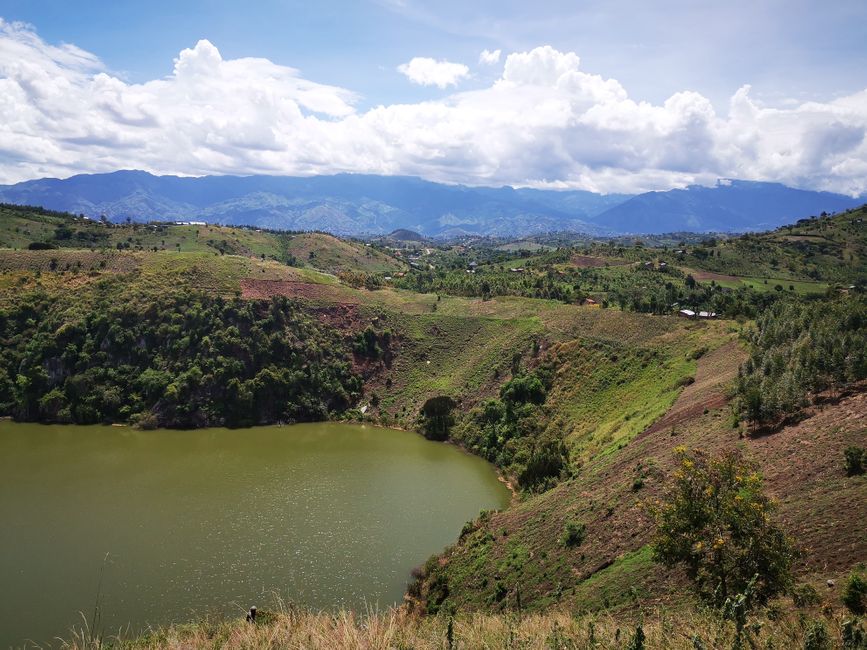
Reiseberichte Uganda
